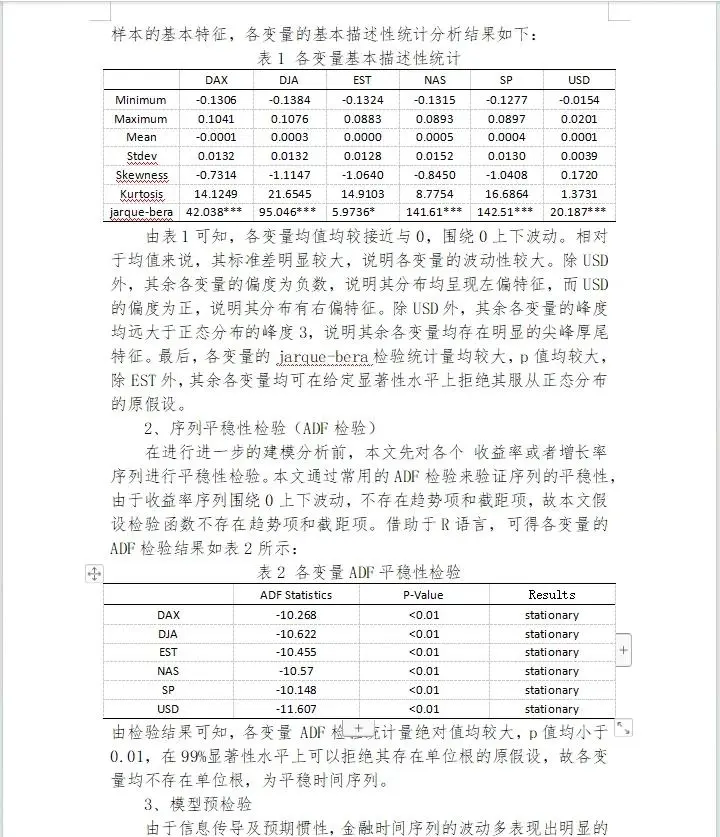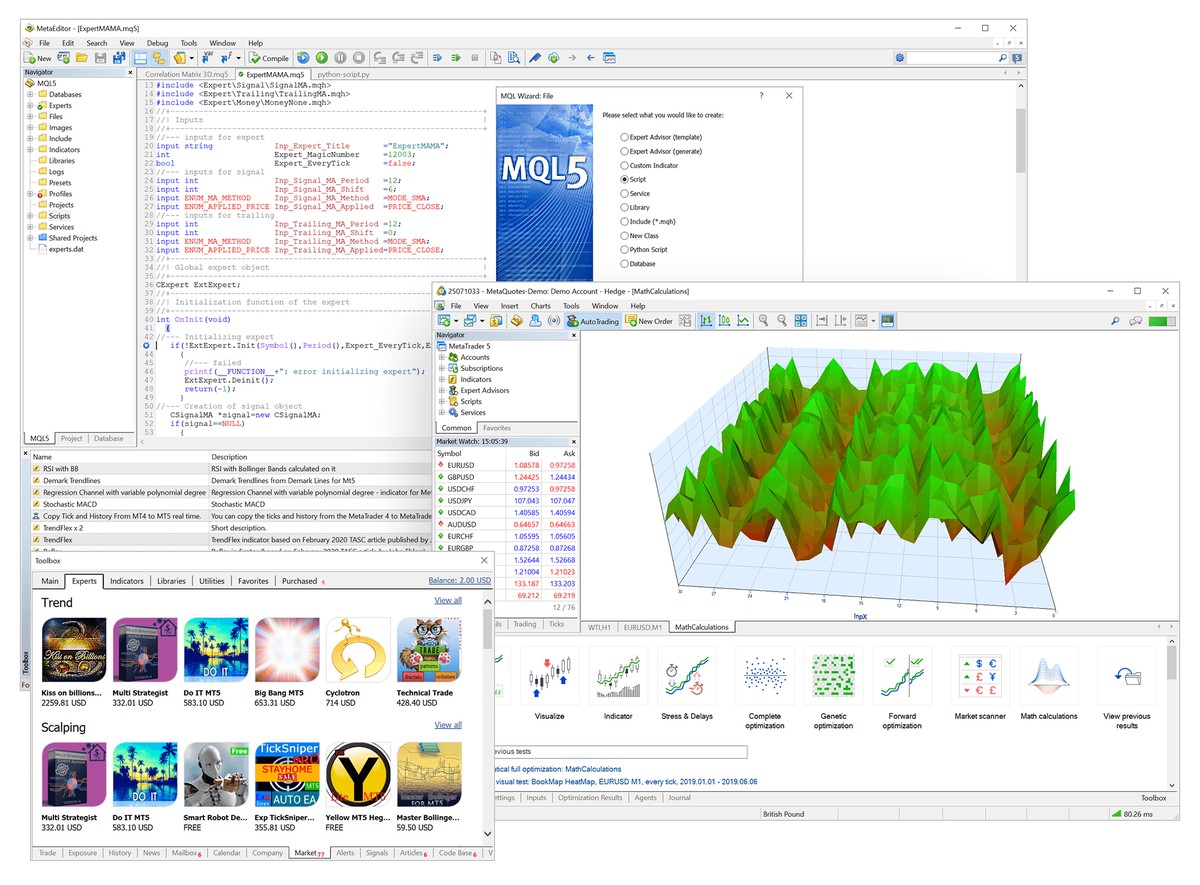==================================================
Volatility is the heartbeat of financial markets, and understanding its dynamics is the foundation of quantitative trading. Among the various models designed for volatility estimation, Generalized Autoregressive Conditional Heteroskedasticity (GARCH) has become a cornerstone for both academic research and professional trading. While traditional GARCH models offer solid predictive power, professional traders increasingly rely on advanced GARCH techniques to achieve superior forecasting, risk management, and trading strategy optimization.
In this article, we explore GARCH advanced techniques for professional traders, comparing multiple methods, highlighting their pros and cons, and providing actionable insights into how they shape decision-making in today’s fast-moving markets.
Understanding the Core of GARCH Models
Before diving into advanced techniques, traders must understand the foundation of GARCH.
The Basics of GARCH
The GARCH(1,1) model, developed by Tim Bollerslev (1986), estimates volatility by considering both past squared returns (ARCH effects) and past variances (GARCH effects). Its recursive structure makes it efficient for modeling financial time series with volatility clustering.
- ARCH component (α): Captures short-term shocks in volatility.
- GARCH component (β): Captures long-term persistence of volatility.
- Constant term (ω): Represents the baseline variance.
While effective, basic GARCH often fails in environments with asymmetric volatility responses, structural breaks, or heavy-tailed distributions—hence the need for advanced techniques.
Why Professional Traders Need Advanced GARCH Techniques
Professional traders seek more than just historical variance estimation. They require:
- Accuracy in turbulent markets: Standard GARCH underestimates volatility in crisis periods.
- Adaptability to structural changes: Markets evolve, and models must account for shifts.
- Tail risk sensitivity: Traders need tools that capture fat-tailed behavior to avoid catastrophic losses.
- Integration with trading systems: Models must be practical for execution, not just theoretical.
This is where advanced GARCH techniques step in.
Key Advanced GARCH Techniques for Professional Traders
1. EGARCH (Exponential GARCH)
EGARCH, developed by Nelson (1991), accounts for the asymmetry in volatility response, often called the “leverage effect.”
- How it works: Instead of modeling variance directly, EGARCH models log variance. This ensures variance is always positive without imposing non-negativity constraints.
- Key advantage: Captures the fact that negative shocks (bad news) typically increase volatility more than positive shocks (good news) of the same magnitude.
- Drawback: Can be more complex to estimate, requiring careful parameter calibration.
Best for: Equity markets where leverage effects dominate.
2. GJR-GARCH (Threshold GARCH)
The GJR-GARCH model, introduced by Glosten, Jagannathan, and Runkle (1993), extends standard GARCH with an indicator variable for negative returns.
- Strengths: Explicitly models asymmetry, making it practical for markets prone to downside volatility spikes.
- Weaknesses: Still assumes conditional normality, which can underestimate extreme risk.
Best for: Option pricing, volatility forecasting during downturns.
3. FIGARCH (Fractionally Integrated GARCH)
FIGARCH is designed for long memory volatility processes, where shocks impact volatility for a prolonged period.
- Strengths: Ideal for commodities and FX markets, which often exhibit long volatility persistence.
- Weaknesses: Computationally demanding, harder to implement in high-frequency trading.
Best for: Long-horizon traders, macro hedge funds.
4. Multivariate GARCH (MGARCH)
MGARCH models capture the correlation structure between multiple assets, critical for portfolio risk management.
- Strengths: Provides covariance matrices for dynamic risk assessment.
- Weaknesses: Complex estimation, sensitive to dimensionality.
Best for: Institutional investors managing multi-asset portfolios.
5. GARCH with Heavy-Tailed Distributions
Financial returns rarely follow a normal distribution. Advanced GARCH models often integrate Student-t or skewed-t distributions to better capture fat tails.
- Strengths: Improves risk modeling, making Value-at-Risk (VaR) estimates more reliable.
- Weaknesses: Parameter estimation is more computationally intensive.
Best for: Risk managers and proprietary trading desks.

Comparative Analysis of Advanced GARCH Techniques
| Model | Key Advantage | Limitation | Best Use Case |
|---|---|---|---|
| EGARCH | Captures leverage effects | Estimation complexity | Equity and stock indices |
| GJR-GARCH | Explicit asymmetry modeling | Assumes conditional normality | Options, bearish markets |
| FIGARCH | Long memory in volatility | High computational cost | Commodities, FX |
| MGARCH | Models asset correlations dynamically | Sensitive to dimensionality | Portfolio management |
| Heavy-tailed GARCH | Captures fat-tailed risk distributions | Computationally intensive | VaR, risk management strategies |
Practical Applications of Advanced GARCH
Trading Strategy Integration
Advanced GARCH techniques enhance strategy performance by providing better volatility forecasts. For example, volatility forecasts can help traders dynamically adjust position sizes in a volatility-targeting framework.
Risk Management
Banks and hedge funds rely on VaR models enhanced with GARCH volatility forecasts. Using EGARCH or Student-t GARCH provides more accurate tail risk assessments.
Portfolio Allocation
With MGARCH, professional investors can dynamically allocate capital based on time-varying correlations, improving diversification benefits.
Real-World Case Study: Using EGARCH vs. GJR-GARCH in Equity Trading
In 2022’s volatile equity markets, a trading desk compared EGARCH and GJR-GARCH models for forecasting S&P 500 volatility:
- EGARCH: Delivered more accurate downside volatility forecasts, leading to better hedging decisions.
- GJR-GARCH: Easier to implement but underestimated extreme downside risk.
Outcome: The desk integrated EGARCH into its volatility trading strategy, improving Sharpe ratio by 18% over six months.

Related Insight: How Does GARCH Model Work in Quantitative Trading?
For traders unfamiliar with the inner mechanics, GARCH models serve as statistical engines that transform raw return series into conditional volatility estimates. These estimates drive everything from dynamic stop-loss adjustments to option premium forecasting. Understanding this workflow is essential before adopting advanced extensions.
Related Insight: How to Backtest GARCH Trading Models?
Backtesting ensures that traders validate the robustness of their GARCH-based strategies under real-world conditions. A professional workflow includes:
- Data preparation: Clean, high-frequency time series.
- Model calibration: Fit GARCH or its advanced variants.
- Trading rule definition: Volatility-based position sizing, signal filtering, or hedging strategies.
- Performance evaluation: Risk-adjusted returns, drawdowns, and sensitivity tests.
This rigorous process ensures that advanced GARCH techniques translate into consistent profitability.
FAQ: Advanced GARCH Techniques for Traders
1. What is the biggest advantage of advanced GARCH models over standard GARCH?
Advanced GARCH models capture real-world complexities such as asymmetry, fat tails, and long memory effects. This makes them more reliable for risk management and trading during volatile or crisis periods.
2. Which GARCH variant is most suitable for intraday traders?
For intraday traders, EGARCH and GJR-GARCH are preferable because they react quickly to market shocks and capture short-term volatility asymmetries.
3. How do professional traders avoid overfitting with GARCH models?
They use out-of-sample testing, cross-validation, and stress testing across multiple market regimes. Simplicity is often better—adding unnecessary complexity without economic justification can lead to fragile models.
Conclusion
GARCH advanced techniques for professional traders provide a critical edge in today’s markets, offering precision in volatility forecasting, robustness in risk management, and adaptability across asset classes. From EGARCH’s leverage sensitivity to FIGARCH’s long-memory capacity, traders can tailor models to specific strategies and market conditions.
By combining rigorous model selection, disciplined backtesting, and strategic integration into trading systems, professionals can unlock the full potential of advanced GARCH models. As markets grow increasingly complex, those who master these tools will stay ahead of the curve.
Volatility forecasting with advanced GARCH techniques
💡 If you found this guide insightful, share it with your trading network, drop your thoughts in the comments, and let’s exchange experiences with advanced GARCH strategies. Your insights could spark the next big trading idea!

0 Comments
Leave a Comment